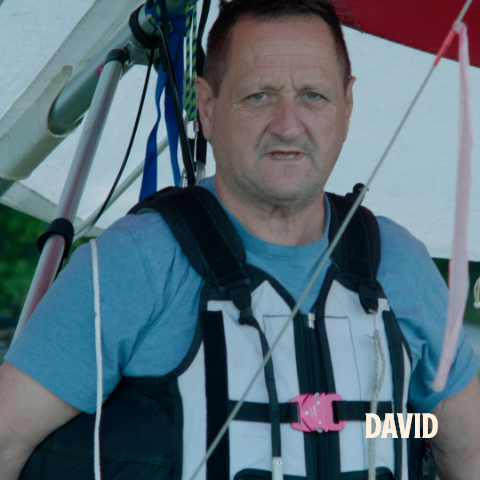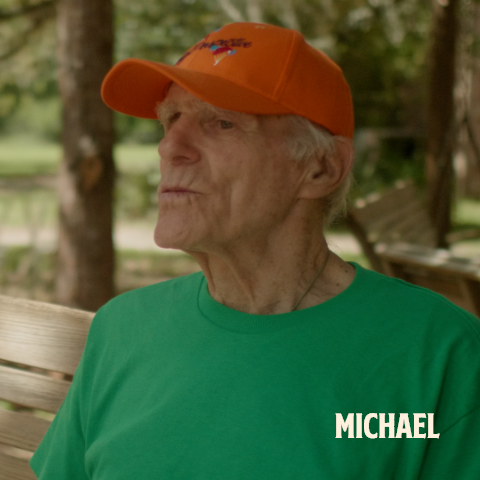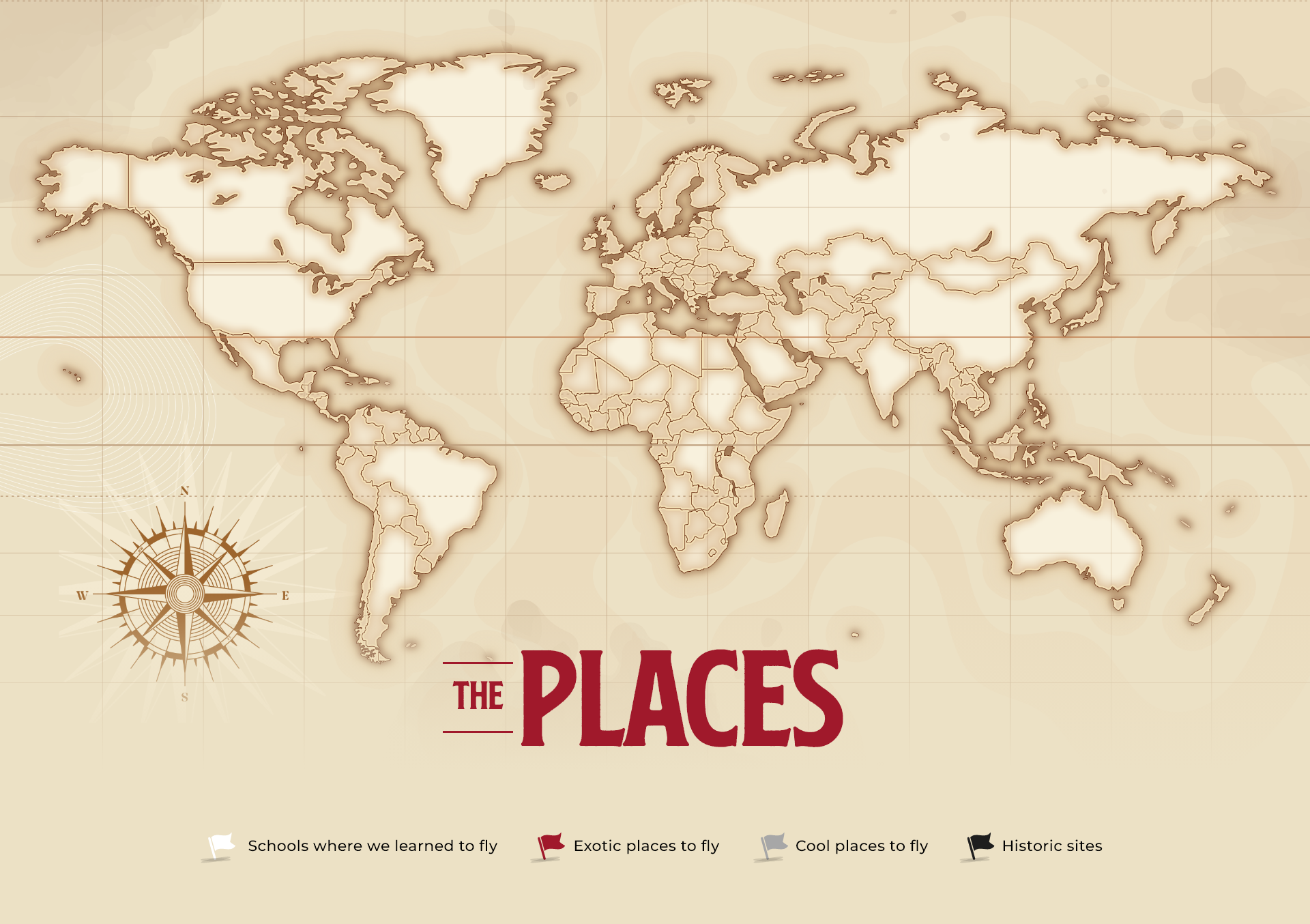
When you’re dreaming of flying, you’re dreaming of hang gliding.

A new hang glider pilot (Rishi Ramraj) is on a journey to fulfill a childhood dream of exploring the world from the air. Along the way he is trained by one of the early pioneers of the sport (Michael Robertson) and a close friend (David Llewellyn). The three begin preparing for a trip to Tanzania, to visit her iconic sites. Tragedy strikes and this long awaited adventure turns into a trip to honor a friend.




Those of us who take to the air know that when you’re dreaming of flying, you’re dreaming about hang gliding. It’s easy to get lost in the dream, but for every time something goes right there are also times that things go wrong. Why do something this dangerous?
For every challenge, be it a toddler’s first step or a pilot’s first launch off a mountain, there is a little voice in your head that overrides caution and pushes you into the unknown. This little voice can turn a hobby into a lifestyle and make you fall in love with who you could become.
This isn’t a story about hang gliding. It’s a story about the pilots, the sacrifices they’ve made for their sport and an attempt to answer the question why?



















What is the "Spirit of Adventure" documentary about hang gliding, and who are the key figures in the story?
The documentary follows Rishi Ramraj, a new hang glider pilot, as he fulfills his childhood dream of exploring the wilderness from the air. He is trained by early pioneers of the sport, including Michael Robertson, David Llewellyn, and Malcom Jones.
What is the significance of the journey to Africa in the documentary?
Rishi and his instructors journey to Africa to commemorate the passing of their friend and fellow instructor, Ray Pigden, who tragically passed away in an accident. The trip is a celebration of both his life and the beauty of the sport.
How does the documentary capture the essence of hang gliding as an aging sport?
The documentary delves into the personal stories of hang glider pilots and their experiences, shedding light on the challenges and triumphs of the sport. It highlights the importance of preserving these stories as pilots retire or pass on.
What is the central theme of "Spirit of Adventure"?
The documentary is not just about hang gliding; it’s about the pilots themselves, their sacrifices, and what motivates them to fly. It explores the journey to fulfill dreams and embodies the spirit of adventure.
Are there any thrilling or near-miss stories shared by the pilots in the documentary?
Yes, the documentary features stories of when things almost went wrong and when conditions were perfect, as recounted by the pilots. These experiences add depth to the narrative and provide insights into the exhilaration and challenges of hang gliding.
How can I get involved or learn more about the hang gliding community and the spirit of adventure?
You can connect with hang gliding enthusiasts, pilots, and organizations to learn more about the sport. Consider joining hang gliding clubs, attending events, and seeking out hang gliding instructors to embark on your own adventure.
EXTRA QUESTIONS:
What are the essential skills and training required to become a hang glider pilot?
Your first step is to find a school that will train you and award you ratings as you progress through your training. In the USA, the USHPA rates pilots as hang 1 or beginner pilot, all the way through hang 5 or master pilot. Each rating will allow you to fly ever more challenging sites.
Are there any safety measures or guidelines for hang gliding that I should be aware of as a beginner?
You need proper training from a qualified instructor and smooth, calm conditions in which to train.
Where can I find hang gliding opportunities or training centers in my area?
Agencies like the USHPA have listings of qualified schools in your area. You don’t need to live near a mountain range to learn to fly. There are three methods to get into the air; mountain launch, aero tow and ground tow.
Do I need mountains to learn how to fly?
No, often the best places to learn are on flat land using either aero tow launches or ground tow launches. In an aero tow launch, the glider and pilot are towed behind a small plane to altitude. In a ground tow launch, the glider is pulled into the air by a static winch on the ground.
